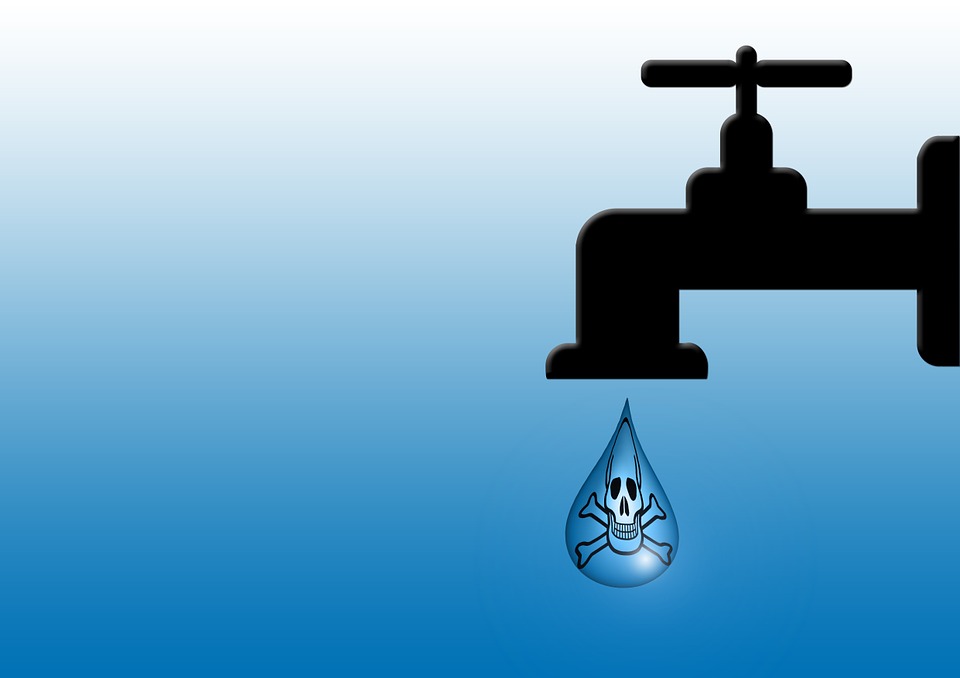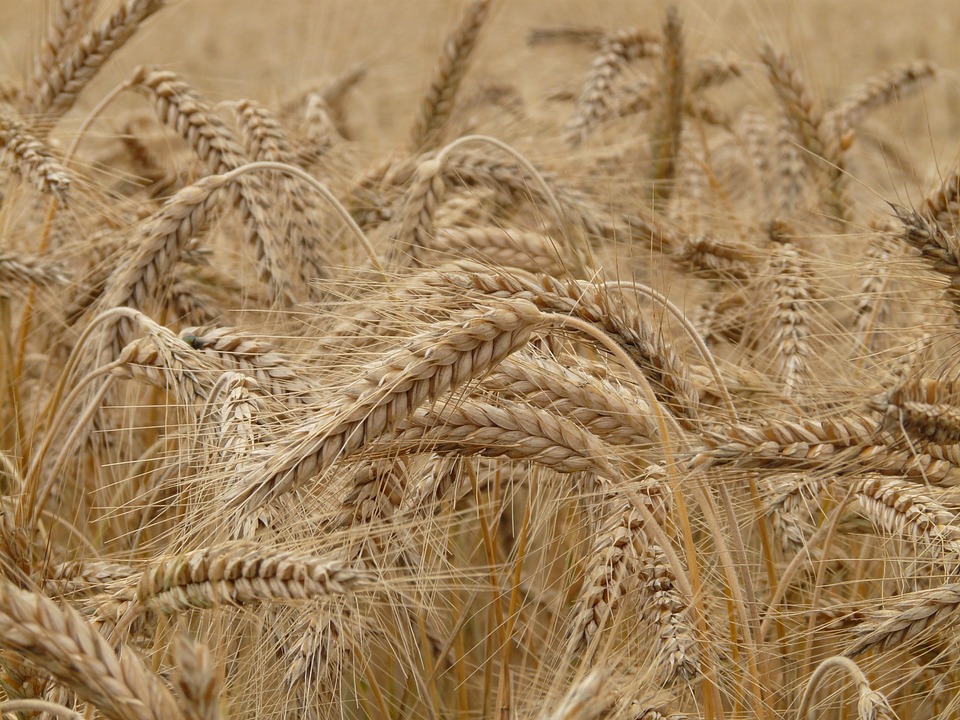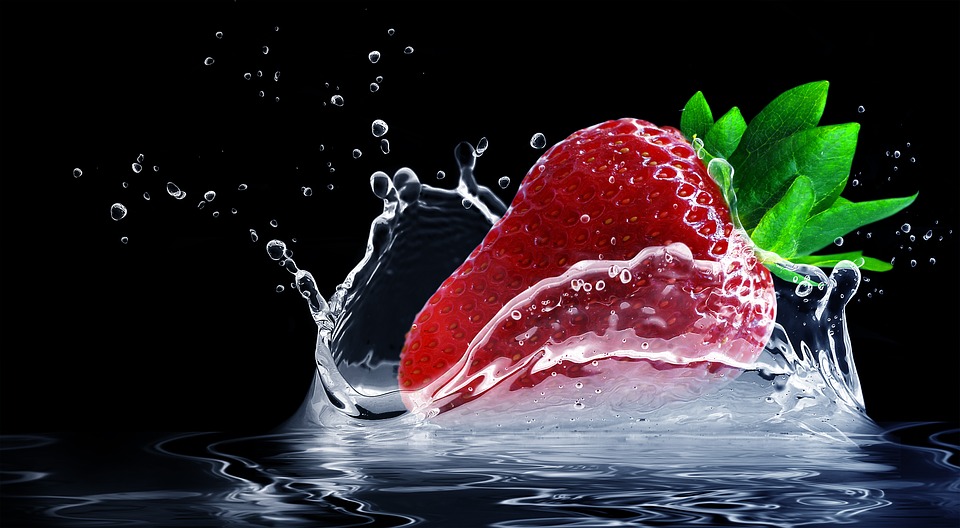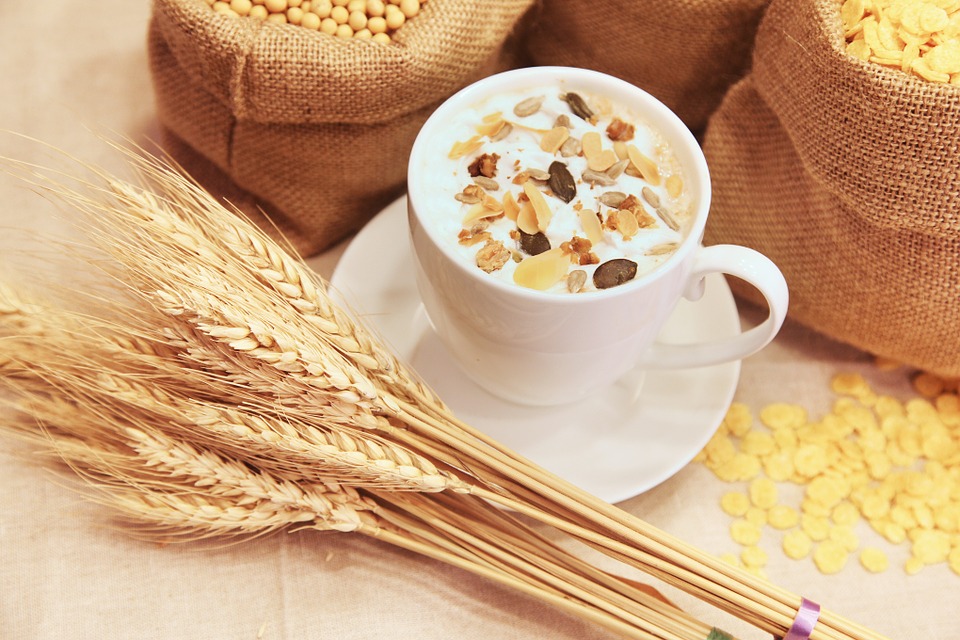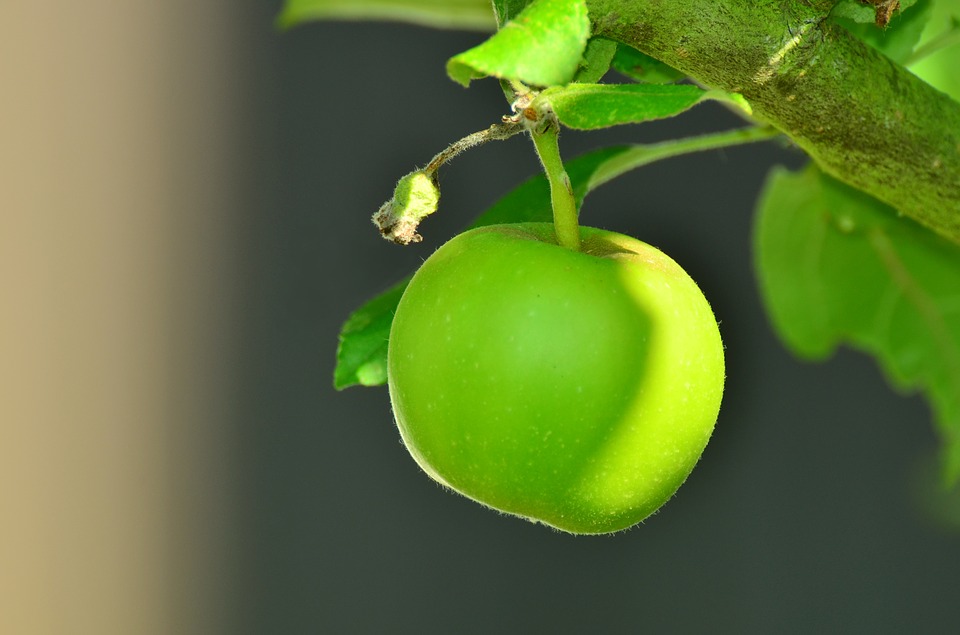Den sena perioden av den antika stenåldern var tiden för konstens födelse. Här kan vi faktiskt inte tala om konst i allmänhet, utan om konst. Tydligen var några enkla former av dans, sång och musik kända för både Pithecanthropes och Neandertalare. Deras rudiment i instinktiva former kan hittas även hos apor: och de kan svaja rytmiskt och göra ljud, så att säga, i takt till takten ("whoosh"). Men först i slutet av den antika stenåldern hade människor behovet och förmågan att avbilda, rita, skära.
När de första grottbilderna på djur hittades var det nästan ingen som trodde att människor som bodde i grottor och använde stenredskap kunde rita så här. Och ändå är det så. Fantastisk i perfektion, noggrannhet av observationer, bilder av djur - bison, hästar, mammutar - applicerades på väggarna och lågt i tak i grottor i Spanien, i södra Frankrike, i Ural. Delar av grottorna med målningar ligger ofta i djupet, i totalt mörker. För att rita dessa figurer här med flerfärgade mineralfärger var det nödvändigt att belysa väggarna med facklor och sten "lampor" i form av slevar fyllda med fett.
Fram till nu har forskare försökt förstå varför de målade dessa djur, med vilka ritualer och myter de är förknippade med. Det är säkert att säga att på den tiden blev människor skaparna av den "andra naturen", en värld som liknar den synliga, men som skiljer sig från den eftersom en person ser inte bara med ögonen utan också med huvudet, d.v.s. förstår vad han ser. Skapandet av den "andra naturen" började naturligtvis ännu tidigare, från det ögonblick då en person inte bara tog en pinne eller en sten i handen, utan bearbetade dem för sina egna behov. Men konstens utseende är det viktigaste tecknet på mänsklighetens framsteg.
Man tror att genom bilder av djur uttryckte människor några viktiga idéer om världen för dem. På väggarna i grottor är bilder av människor mycket sällsynta. Detta är förståeligt: trots allt är det i barndomen lättare för oss att förstå förhållandet mellan levande varelser, med hjälp av bilder av djur. Låt oss komma ihåg Krylovs fabler: djur agerar ofta där, men de beter sig som människor. Tydligen gjorde de äldsta konstnärerna detsamma: de avbildade inte bara bison eller hästar, bakom dessa bilder fanns det några idéer kända för dem, men tyvärr inte kända för oss, kanske legender, myter. För att skildra människor måste en person lära sig att förstå dem, och de verkade för honom likadana, lite olika varandra. Jägarnas gemenskap var så att säga en enda kropp där människor av olika kön och ålder är kroppens celler, oförmögna att agera isolerat och starka just för att de alla tillhör denna kropp. Undantaget var trollkarlar, som för övrigt ibland målades. Men det fanns en annan grupp människor som ansågs nödvändiga att skildra – kvinnor. Dessa mystiska varelser födde och matade barn. Vissa är lätta, andra, inte tillräckligt starka, kunde inte klara av dessa svåra uppgifter. Deras sjukdomar och svagheter hotade själva kollektivets existens. Hustrur togs inte i sitt eget samhälle, där alla var släktingar, utan i en annan, granne, med vilken de etablerade goda relationer. Ofta kidnappades fruar. Hustrur uppfattades som att de inte tillhörde sin egen, utan till någon annans värld, varifrån de kom.
Kvinnor är de första medlemmarna av människosläktet som porträtteras. Flera av dessa teckningar har bevarats i grottorna. Oftare föredrog de att avbildas i form av skulpturer. Dessa var små statyetter gjorda av mammutbete, ben, sten och speciellt framställd lermassa som fick plats i din handflata. Vanligtvis avbildades kvinnor som fulla och nakna, mödrar som hade många barn. Men det finns också figurer av smala, graciösa kvinnor, som om de ännu inte upplevt moderskapets svårigheter och glädjeämnen. De är unga jägare, lika smidiga som männen, men inte lika starka.
Med all sannolikhet användes kvinnofigurer i ritualer och bars som amuletter. De var tänkta att ha en magisk effekt, att ge välbefinnande inte bara för kvinnor och barn, utan för hela samhället. När allt kommer omkring, bara med ett överflöd av mat och ett lugnt liv kunde kvinnor föda framtida starka jägare.
https://all-andorra.com/category/blog/eat-to-live-live-to-eat/
https://all-andorra.com/what-products-will-replace-sleeping-pills/
https://all-andorra.com/goat-meat-everything-about-this-tasty-and-healthy-benefit/
https://all-andorra.com/french-cheese-brie/
https://all-andorra.com/good-or-bad-restaurants-six-differences-you-can-instantly-spot/
https://all-andorra.com/all-about-eggplant-aubergines/
https://all-andorra.com/saffron-and-its-use-in-cooking/
https://all-andorra.com/intuitive-nutrition-seven-secrets/
https://all-andorra.com/an-eating-disorder-how-does-it-look-like/
https://all-andorra.com/all-about-avocados/
https://all-andorra.com/wheat-shakes-some-interesting-facts/
https://all-andorra.com/champignons-and-weight-loss/
https://all-andorra.com/how-to-make-kamikaze-a-japanese-cocktail/
https://all-andorra.com/iced-coffee-with-almond-milk-the-latest-trend/
https://all-andorra.com/detox-five-green-detox-smoothies-to-choose-from/
https://all-andorra.com/the-most-expensive-food-products-in-the-world/
https://all-andorra.com/the-one-meal-per-day-diet-advantages-and-disadvantages/
https://all-andorra.com/food-from-the-microwave-are-microwave-ovens-dangerous-what-is-a-microwave-and-when-was-it-invented/
https://all-andorra.com/beware-of-nitrates-in-food/
https://all-andorra.com/what-can-be-made-from-bananas/
https://all-andorra.com/what-is-rum-and-what-types-of-rum-are-available/
https://all-andorra.com/what-is-vermouth/
https://all-andorra.com/is-there-any-benefit-from-oxygen-cocktails/
https://all-andorra.com/soy-beans/
https://all-andorra.com/eating-insects-absurd-or-the-future/
https://all-andorra.com/the-benefits-and-recipes-for-making-the-perfect-breakfast/
https://all-andorra.com/why-does-the-body-need-food-with-a-balanced-vitamin-d-content/
https://all-andorra.com/fried-catfish-with-tomato-sauce-step-by-step-with-photos/
https://all-andorra.com/traps-for-food-consumers-attention-you-are-being-manipulated/
https://all-andorra.com/curative-effects-of-apples/
https://all-andorra.com/how-to-save-money-on-food/
https://all-andorra.com/delicious-apricot-jam-step-by-step-with-photos/
https://all-andorra.com/useful-properties-of-ostrich-eggs/
https://all-andorra.com/how-to-choose-a-really-high-quality-product/
https://all-andorra.com/vitamin-b1-thiamine-deficiency-in-food-symptoms-and-effects/
https://all-andorra.com/duck-breast-step-by-step-with-photos/
https://all-andorra.com/how-does-food-affect-our-skin-and-appearance-in-the-morning/
https://all-andorra.com/cherry-pie-the-traditional-recipe-with-the-addition-of-whole-wheat-flour-step-by-step-with-photos/
https://all-andorra.com/pickled-green-tomatoes-stuffed-with-garlic-and-herbs-step-by-step-with-photos/
https://all-andorra.com/what-products-will-replace-sleeping-pills/
https://all-andorra.com/goat-meat-everything-about-this-tasty-and-healthy-benefit/
https://all-andorra.com/french-cheese-brie/
https://all-andorra.com/good-or-bad-restaurants-six-differences-you-can-instantly-spot/
https://all-andorra.com/all-about-eggplant-aubergines/
https://all-andorra.com/saffron-and-its-use-in-cooking/
https://all-andorra.com/intuitive-nutrition-seven-secrets/
https://all-andorra.com/an-eating-disorder-how-does-it-look-like/
https://all-andorra.com/all-about-avocados/
https://all-andorra.com/wheat-shakes-some-interesting-facts/
https://all-andorra.com/champignons-and-weight-loss/
https://all-andorra.com/how-to-make-kamikaze-a-japanese-cocktail/
https://all-andorra.com/iced-coffee-with-almond-milk-the-latest-trend/
https://all-andorra.com/detox-five-green-detox-smoothies-to-choose-from/
https://all-andorra.com/the-most-expensive-food-products-in-the-world/
https://all-andorra.com/the-one-meal-per-day-diet-advantages-and-disadvantages/
https://all-andorra.com/food-from-the-microwave-are-microwave-ovens-dangerous-what-is-a-microwave-and-when-was-it-invented/
https://all-andorra.com/beware-of-nitrates-in-food/
https://all-andorra.com/what-can-be-made-from-bananas/
https://all-andorra.com/what-is-rum-and-what-types-of-rum-are-available/
https://all-andorra.com/what-is-vermouth/
https://all-andorra.com/is-there-any-benefit-from-oxygen-cocktails/
https://all-andorra.com/soy-beans/
https://all-andorra.com/eating-insects-absurd-or-the-future/
https://all-andorra.com/the-benefits-and-recipes-for-making-the-perfect-breakfast/
https://all-andorra.com/why-does-the-body-need-food-with-a-balanced-vitamin-d-content/
https://all-andorra.com/fried-catfish-with-tomato-sauce-step-by-step-with-photos/
https://all-andorra.com/traps-for-food-consumers-attention-you-are-being-manipulated/
https://all-andorra.com/curative-effects-of-apples/
https://all-andorra.com/how-to-save-money-on-food/
https://all-andorra.com/delicious-apricot-jam-step-by-step-with-photos/
https://all-andorra.com/useful-properties-of-ostrich-eggs/
https://all-andorra.com/how-to-choose-a-really-high-quality-product/
https://all-andorra.com/vitamin-b1-thiamine-deficiency-in-food-symptoms-and-effects/
https://all-andorra.com/duck-breast-step-by-step-with-photos/
https://all-andorra.com/how-does-food-affect-our-skin-and-appearance-in-the-morning/
https://all-andorra.com/cherry-pie-the-traditional-recipe-with-the-addition-of-whole-wheat-flour-step-by-step-with-photos/
https://all-andorra.com/pickled-green-tomatoes-stuffed-with-garlic-and-herbs-step-by-step-with-photos/
Många generationer av människor förändrades, tills glaciären slutligen drog sig tillbaka mot norr. Gränsen för den eviga isen blev vad den är nu, vilket gjorde att uppvärmningen hade kommit. Djur anpassade till kalla klimat dog ut, som hände med mammuten eller den ulliga noshörningen. Förmodligen spelade människor som allt mer framgångsrikt jagade dem också en viss roll i försvinnandet av dessa djur.
Med glaciärens reträtt (detta hände i slutet av det 10:e - 9:e årtusendet f.Kr.), som geologer säger, började den moderna eran. Glaciärens rörelse norrut skedde gradvis, och de södra regionerna i Europa och Asien, tidigare än andra, blev gynnsamma för ett nytt språng i utvecklingen av mänsklig kultur. Folk insåg att det inte är nödvändigt att leta efter en stor bit bra sten för att göra en dolk eller en spjutspets. Det är mycket mer ekonomiskt att bryta av små plattor från små kärnor eller att dela upp stora knivliknande plattor i små. De resulterande små bitarna kan sättas in i en ben- eller träbas genom att göra ett spår i den. Så från små tallrikar, förstärkta med harts i ben eller en träpinne, kan du få ett stort verktyg - en spjutspets, en kniv, en såg; dessa plattor fixerades lätt i pilens skaft. Denna metod att tillverka verktyg gjorde det möjligt att spara tid och använda små bitar av sådana mineraler som till exempel halvädel kalcedon eller agat.
Utbredningsperioden för små stenverktyg (mikroliter) kallades medelstenåldern, eller mesolitikum (på grekiska betyder "mesos" mitten, "gjuten" betyder sten). I olika regioner på jorden dök inte sådana verktyg upp samtidigt, och på vissa ställen tillverkades de inte alls: till exempel i Sydostasien fortsatte stora verktyg att användas även under denna tid. Men på andra ställen överlevde de till metallåldern, till 2:a årtusendet f.Kr., som i Indien.
Under denna era användes pilar och bågar flitigt. En enkel anordning gjord av en trädgren och en djurven gjorde det möjligt att döda en fågel eller ett djur på långt avstånd. En pils dödande kraft ökade om dess spets fuktades med gift. Tyvärr var pil och båge också vapen mot människan. Skelett av människor med pilspetsar som sticker ut ur dem finns på gravfälten under denna tid.
Människor fick mat inte bara genom att jaga. Försvinnandet av stora djur eller minskningen av deras antal tvingade allt fler människor att äta fisk och skaldjur. Havskuster började locka folk. Här var det möjligt att döda stora fiskar med en benharpun på grunt vatten, fånga många krabbor och samla blötdjur. I vissa områden åt invånarna vid havets kuster blötdjur i sådana mängder att deras skal bildade enorma högar under åren, som nu studeras av arkeologer.
Att jaga med båge och spjut, samla frukter - allt detta gjorde att människor inte kunde flytta från plats till plats lika ofta som tidigare. De kände till kvarteren i sina byar mycket väl. De använde allt ätbart, tittade noga på hur djuren beter sig, hur deras humör är när de får ungar. Människor märkte att nya växter växer från korn som har fallit till marken och från ett korn - ett helt öra. Alla dessa observationer, som ackumulerades, spelade en stor roll i mänsklighetens fortsatta framsteg.

